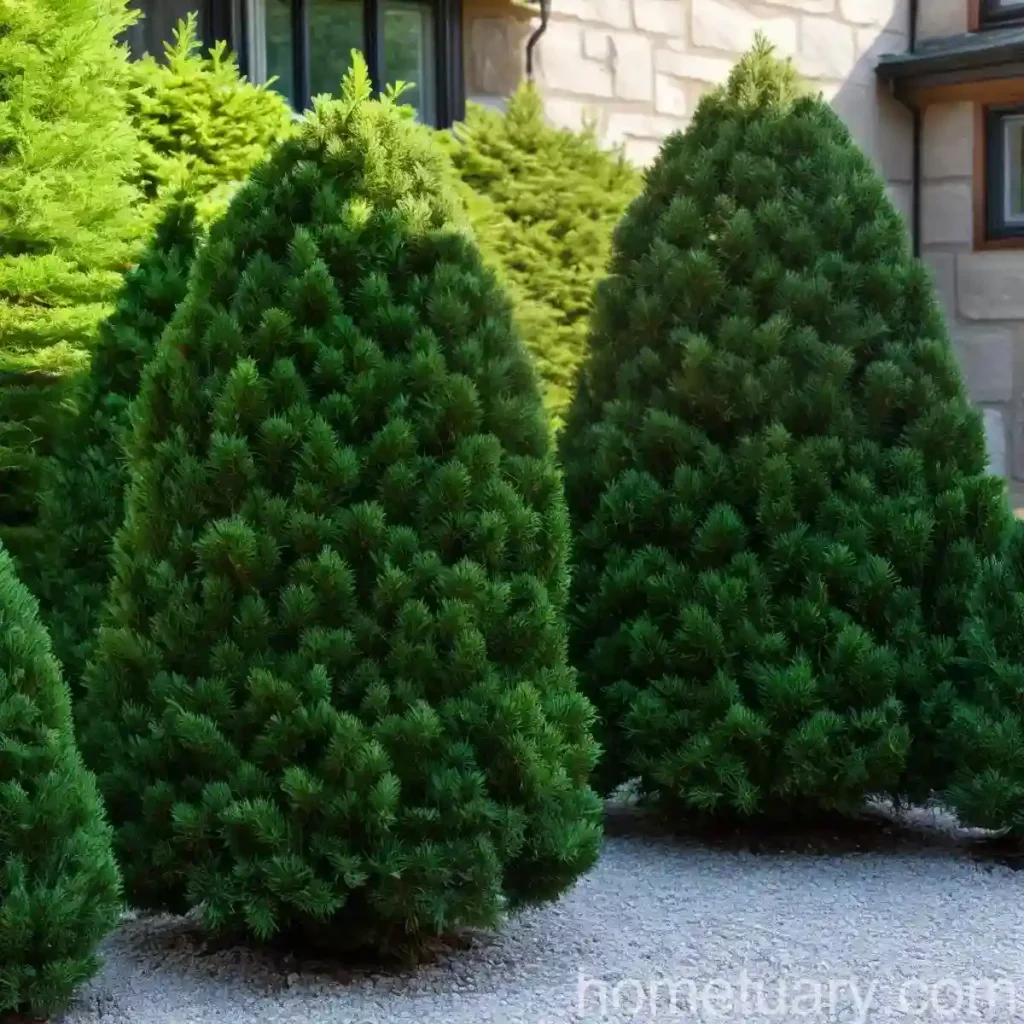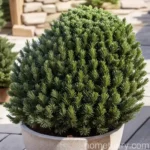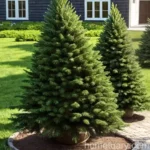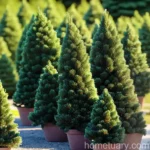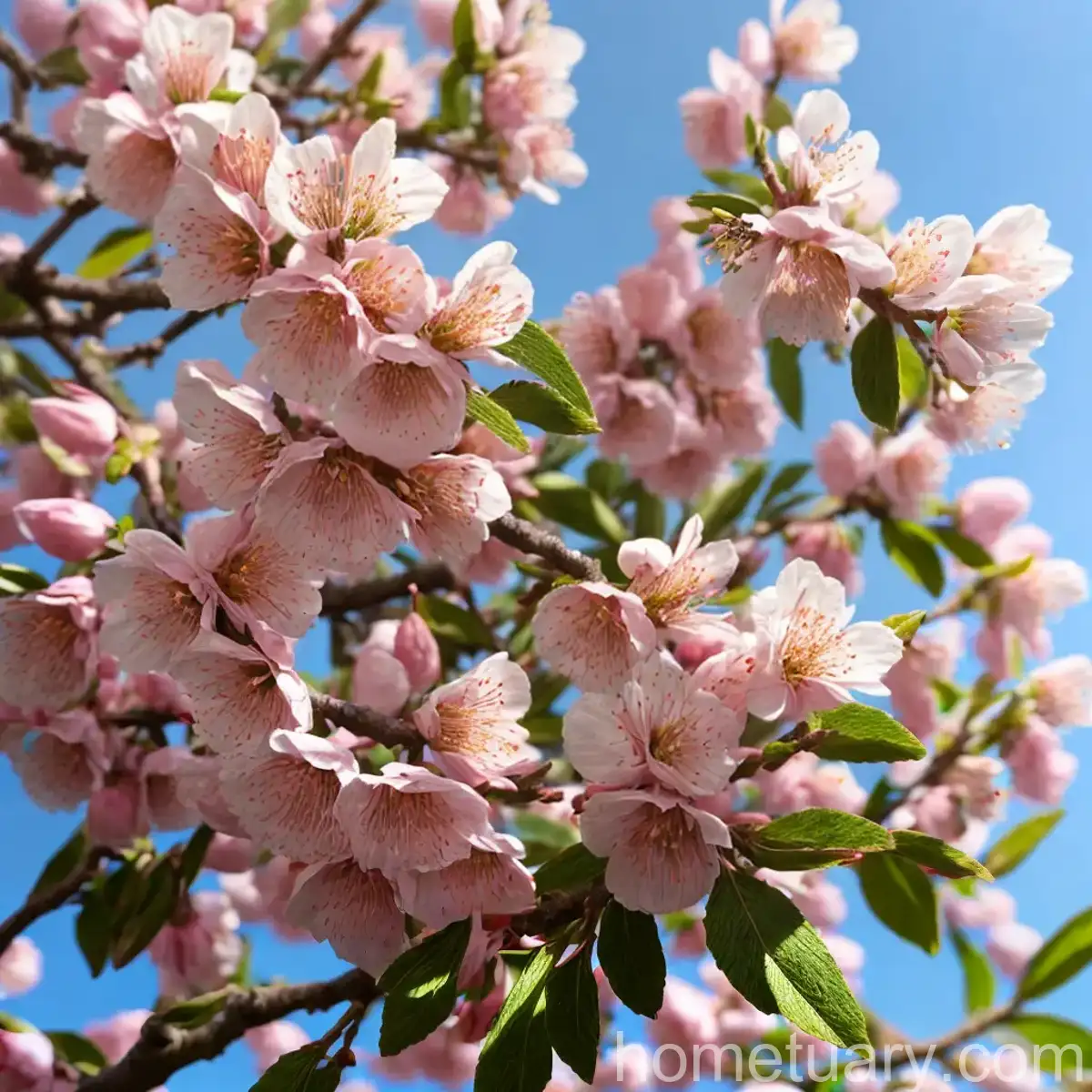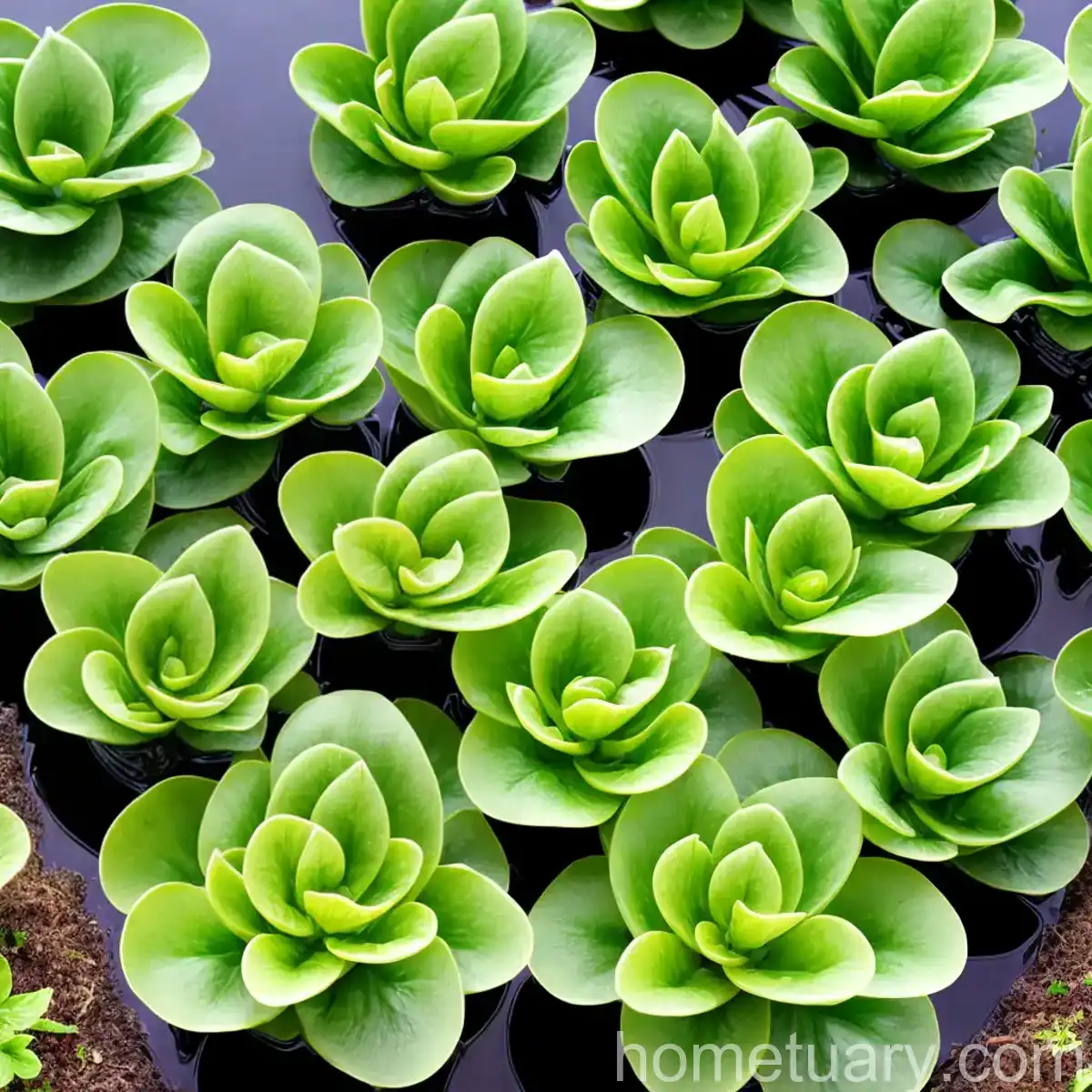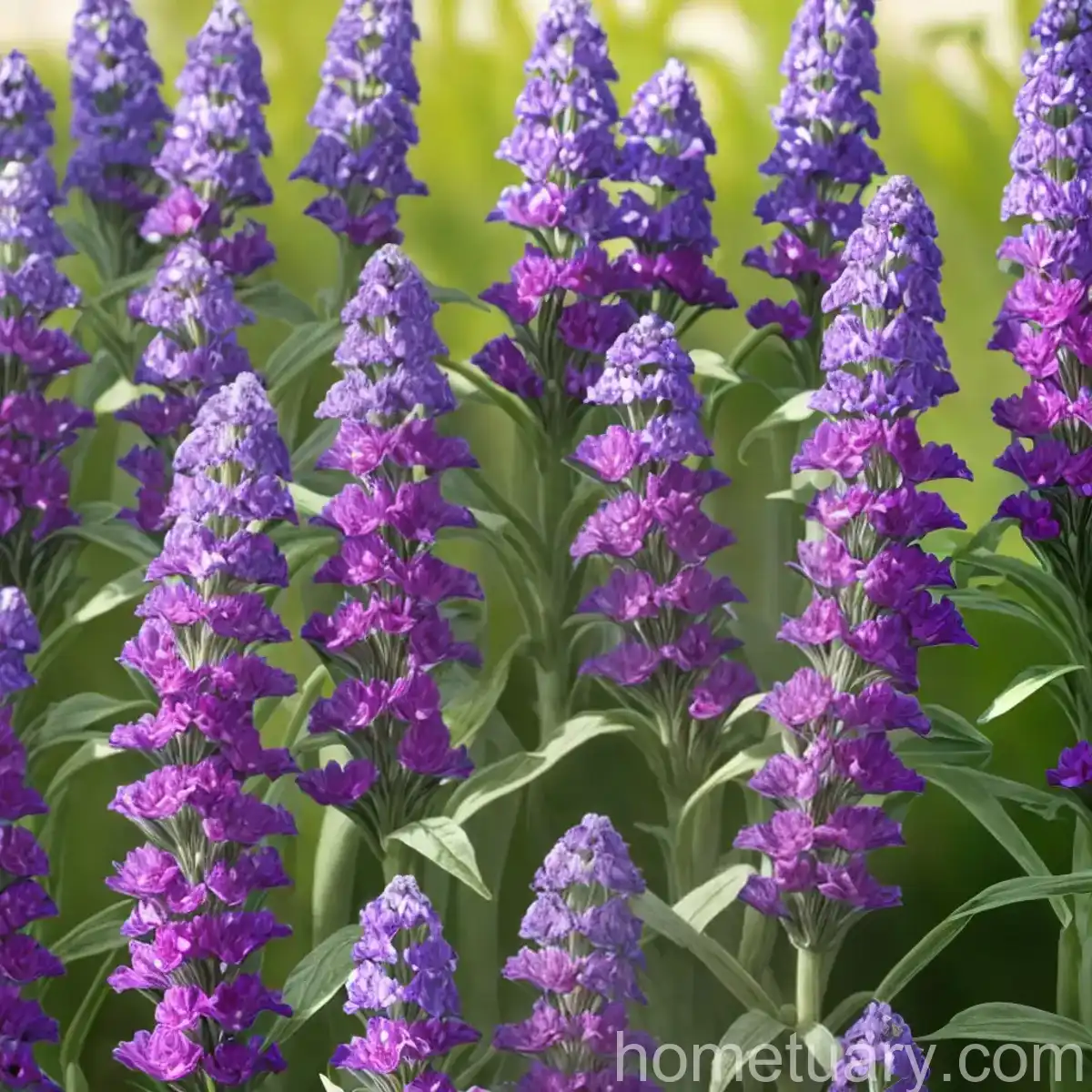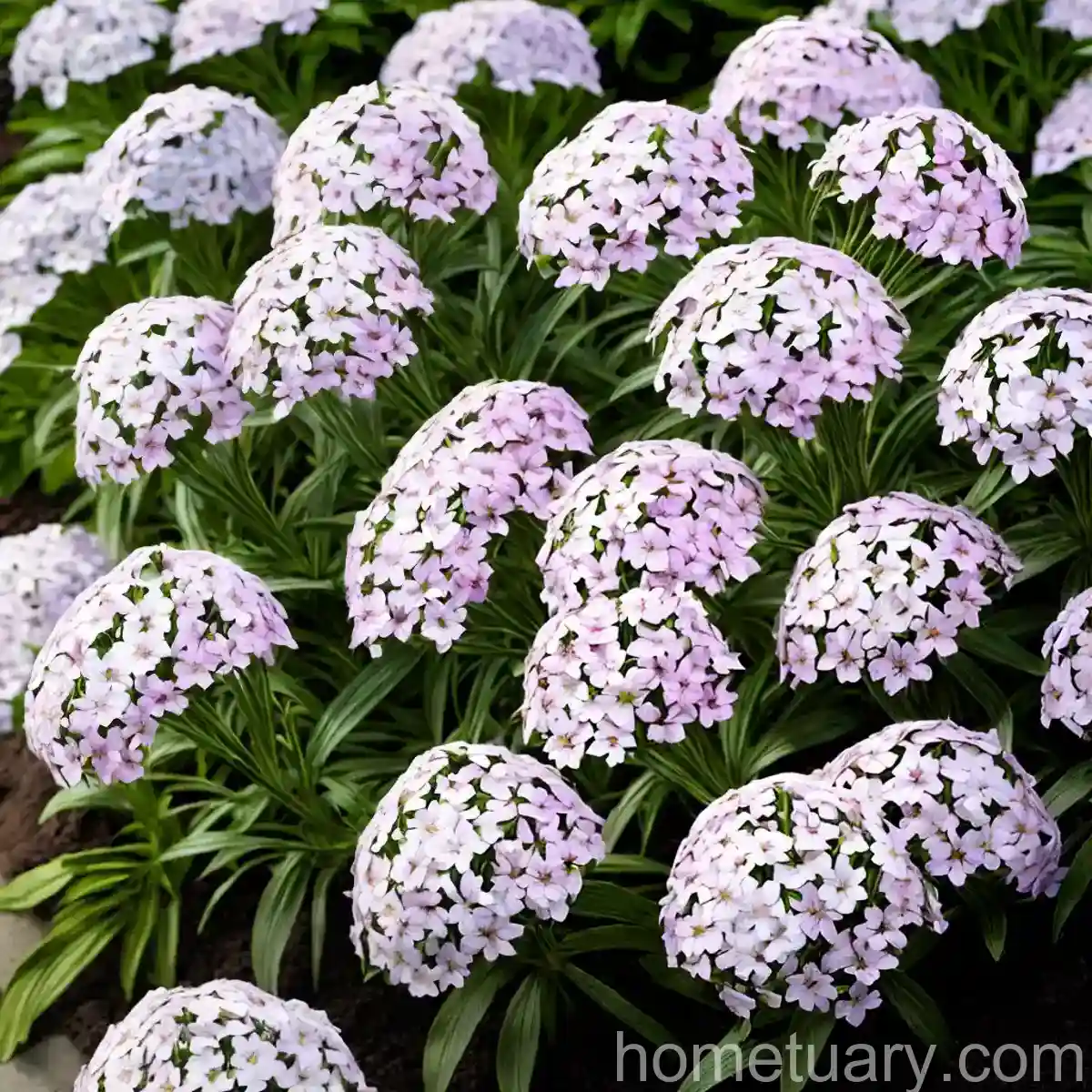Plant Name: Oriental Spruce (Picea orientalis ‘Bergman’s Gem’)
What is Plant: Oriental Spruce (Picea orientalis ‘Bergman’s Gem’)
The Oriental Spruce, scientifically known as Picea orientalis ‘Bergman’s Gem’, is a stunning dwarf coniferous tree belonging to the Picea family. It is highly valued for its compact growth habit, making it an excellent choice for ornamental garden displays and landscape designs. This evergreen plant is a member of the spruce tree genus and is renowned for its beautiful needle-bearing foliage. The ‘Bergman’s Gem’ variety is especially prized for its unique characteristics and versatility in outdoor landscaping.
Key Takeaways – Oriental Spruce (Picea orientalis ‘Bergman’s Gem’)
Here are some key takeaways about the Oriental Spruce (Picea orientalis ‘Bergman’s Gem’):
- Belongs to the Picea family, specifically the Picea orientalis species
- Classified as a dwarf conifer and falls into the category of ornamental trees
- Known for its compact growth habit and evergreen nature
- Suitable for outdoor landscaping and garden tree cultivation
- Requires specific care and maintenance to thrive in various climates
- Can be propagated through specialized techniques to produce new plants
- Prone to specific diseases and pests which require timely diagnosis and treatment
Culture
The culture of the Oriental Spruce encompasses its growth habits, characteristics, and overall requirements for optimal development. Understanding the cultural needs of this plant is vital for ensuring its successful cultivation and long-term health.
Growth Habit and Characteristics
The ‘Bergman’s Gem’ variety of Picea orientalis is distinguished by its compact growth habit and striking foliage. It typically forms a dense, conical shape with branches that gracefully drape downward. The needle-like leaves are arranged densely around the stems, creating a lush and vibrant appearance. The foliage exhibits a rich green color that persists throughout the year, making it an ideal choice for landscapes that require year-round visual appeal.
Environmental Requirements
Water
Consistent and adequate moisture is essential for the Oriental Spruce to thrive. While the plant does not tolerate waterlogged conditions, it still requires regular watering, especially during the initial establishment period. Once the tree is mature, it displays moderate drought resistance, but it is crucial to prioritize regular watering during prolonged dry spells.
Sunlight
This species prefers full to partial sunlight for optimal growth. It thrives in well-lit areas where it can receive direct sunlight for a significant portion of the day. Adequate exposure to sunlight contributes to the development of healthy foliage and ensures the plant’s overall vigor.
Soil
The Oriental Spruce thrives in well-drained, acidic soil that is rich in organic matter. The soil should have good moisture retention properties while allowing excess water to drain away efficiently. A slightly acidic pH level ranging from 5.5 to 6.5 is ideal for this plant.
Care and Maintenance
Proper care and maintenance are crucial for the Oriental Spruce, particularly during its early stages of growth. Regular inspection for signs of disease and pests, coupled with appropriate pruning, contribute to the plant’s overall health and appearance. Adequate fertilization and consistent watering are also paramount to its well-being.
Uses
The Oriental Spruce is widely recognized for its diverse uses, from ornamental landscaping to garden tree cultivation. Its compact size, stunning foliage, and unique growth habits make it a coveted choice for various applications.
Garden Trees
The ‘Bergman’s Gem’ variety is often employed as an ornamental garden tree, adding a touch of elegance and visual interest to garden displays. Its compact nature and year-round-green foliage make it a versatile selection for both residential and public gardens.
Landscape Design
Landscape architects and designers frequently incorporate Oriental Spruces into their projects as part of outdoor landscaping. These trees can be strategically placed to create focal points, provide visual borders, or enhance the overall aesthetic appeal of the landscape.
Compact Evergreen Trees
Given its compact growth habit and evergreen nature, the Oriental Spruce is well-suited for small-space gardening. It is an excellent choice for landscapes that require low-maintenance, year-round greenery.
Fertilizer
Fertilization plays a crucial role in supporting the growth and health of the Oriental Spruce. By providing the necessary nutrients, fertilizers can help the plant achieve optimal vigor and maintain its vibrant foliage. A balanced, slow-release fertilizer specifically formulated for coniferous trees is recommended. Application should be carried out in early spring before new growth appears, and again in late summer to support the tree’s fall development.
Pruning
Pruning is an essential aspect of maintaining the health and appearance of Oriental Spruces. Proper pruning techniques help control the tree’s shape, remove dead or diseased branches, and encourage vigorous growth.
Timing
Pruning is best performed in the late winter to early spring before the onset of new growth. This timing allows the tree to heal efficiently and minimizes stress on the plant.
Techniques
When pruning the Oriental Spruce, it is important to focus on removing any dead, damaged, or diseased branches to promote the tree’s overall health. Additionally, selective pruning can be utilized to shape the tree and maintain its desired form. It is essential to use sharp, clean pruning tools to make precise cuts and minimize the risk of damaging the plant.
Propagation
The propagation of Oriental Spruces can be achieved through specialized techniques such as grafting, cutting, or layering. These methods allow for the production of new plants that retain the unique characteristics of the parent tree.
Grafting
Grafting is a common method used to propagate Oriental Spruces. It involves joining a piece of the desired cultivar (scion) with the rootstock of another tree. Grafting ensures that the new plant inherits the specific traits and growth habits of the parent ‘Bergman’s Gem’ tree.
Cutting
Propagation by cuttings involves taking a portion of the Oriental Spruce and encouraging it to develop roots, creating a new plant. Cuttings are typically taken from the current year’s growth and treated with rooting hormones to stimulate root development. Once the cuttings have established a healthy root system, they can be transplanted into individual containers or directly into the ground.
Layering
Layering is another propagation technique that can be employed for the Oriental Spruce. This method involves bending a low-hanging branch down to the ground and burying a portion of it while still attached to the parent plant. Over time, the buried section develops roots, and once established, it can be separated from the parent tree and transplanted as a new individual.
Container Popularity
Oriental Spruces, particularly the ‘Bergman’s Gem’ variety, are increasingly popular in container gardening due to their compact size and visually appealing foliage. These trees are well-suited to being grown in containers, making them a versatile option for balconies, patios, and small outdoor spaces.
Benefits of Container Cultivation
- Ideal for small-space gardening and urban environments
- Allows for mobility and flexibility in placement
- Provides an opportunity to showcase the tree’s unique characteristics on a smaller scale
- Offers the ability to accentuate outdoor living areas with greenery and texture
Container Requirements
When cultivating Oriental Spruces in containers, it is essential to provide the appropriate growing conditions to support their health and vitality.
- Select a large, sturdy container with adequate drainage holes to prevent waterlogging
- Use a well-draining potting mix formulated for coniferous trees
- Place the container in a location that receives ample sunlight to promote healthy growth
- Regularly water the tree, ensuring the soil remains consistently moist but not waterlogged
- Provide occasional fertilization with a balanced, slow-release fertilizer designed for container plants
Common Diseases
Oriental Spruces, including the ‘Bergman’s Gem’ variety, are susceptible to certain diseases that can impact their overall health and appearance. Timely diagnosis and effective treatment are essential for managing these conditions.
Needle Blight
Needle blight is a fungal disease that affects the needles of coniferous trees, including Oriental Spruces. The symptoms include browning, yellowing, or premature shedding of the needles. To manage needle blight, it is crucial to ensure proper air circulation around the tree and avoid overhead watering to minimize moisture on the foliage. Fungicidal treatments may be necessary if the disease persists or worsens.
Canker Diseases
Canker diseases, caused by various fungal pathogens, can lead to the development of sunken, discolored lesions on the trunk and branches of Oriental Spruces. These lesions can impair the tree’s vascular system and compromise its overall health. Pruning out affected branches and maintaining overall tree vigor through proper cultural practices are essential for managing canker diseases.
Disease Diagnosis
Accurately diagnosing diseases in Oriental Spruces requires careful observation of symptoms and an understanding of common afflictions that affect these trees. By recognizing the signs of potential diseases, plant enthusiasts and gardeners can take proactive measures to address the issues.
Monitoring Symptoms
Observing the color, texture, and pattern of the foliage and branches can provide valuable insights into the tree’s health. Discoloration, wilting, or the presence of lesions should be noted and examined closely. Additionally, changes in growth patterns or the presence of abnormal growths may indicate underlying health concerns.
Seeking Professional Assessment
In cases where disease diagnosis is challenging or the condition of the tree worsens despite remedial efforts, seeking assistance from certified arborists or plant pathologists is advisable. These professionals can conduct comprehensive evaluations and provide tailored recommendations for disease management.
Common Pests
The Oriental Spruce, particularly the ‘Bergman’s Gem’ variety, may face infestations by certain pests that can compromise its health and aesthetic appeal. Understanding the common pests that affect these trees is crucial for implementing effective pest management strategies.
Spider Mites
Spider mites are tiny arachnids that feed on the foliage of Oriental Spruces, causing stippling, discoloration, and premature leaf drop. These pests thrive in dry conditions and can rapidly multiply, leading to widespread damage to the tree. Regularly inspecting the foliage for the presence of spider mites and employing measures such as frequent misting to increase humidity can help deter these pests.
Spruce Gall Adelgids
Spruce gall adelgids are sap-feeding insects that induce the formation of galls on the new growth of Oriental Spruces. These galls can distort the tree’s appearance and affect its overall vigor. Insecticidal treatments targeted at the crawler stage of the adelgids can help manage infestations and protect the tree from further damage.
Botanist’s Tips
As a plant scientist with expertise in the cultivation and care of Oriental Spruces, I am pleased to share some valuable tips for enhancing the health and vitality of these distinctive trees.
Soil Moisture Management
Maintaining appropriate soil moisture levels is critical for the well-being of Oriental Spruces. While they prefer well-drained soil, consistent watering, especially during periods of prolonged dryness, is essential to support their growth and foliage quality.
Integrated Pest Management
Implementing an integrated pest management approach is key to safeguarding Oriental Spruces from pest infestations. This strategy involves combining preventive cultural practices, regular monitoring, and targeted treatments to manage pest populations effectively while minimizing environmental impact.
Encouraging Air Circulation
Promoting adequate air circulation around Oriental Spruces is crucial for mitigating the risk of fungal diseases such as needle blight. Regular pruning to thin out dense foliage and maintaining proper spacing between trees can facilitate improved air movement and reduce disease pressure.
Seasonal Maintenance
Adhering to a consistent schedule of seasonal maintenance tasks, including pruning, fertilization, and disease monitoring, is pivotal for sustaining the health and ornamental appeal of Oriental Spruces. These proactive measures contribute to the long-term success of these trees in garden and landscape settings.
Fun Facts
Oriental Spruces possess fascinating attributes and qualities that make them a captivating addition to garden landscapes. Here are some fun facts about these remarkable trees:
- Dwarf Conifer: Oriental Spruces, including the ‘Bergman’s Gem’ variety, belong to the category of dwarf conifers, offering a compact yet visually striking presence in garden displays.
- Year-Round Greenery: Their evergreen nature ensures that Oriental Spruces maintain their lush green foliage throughout all seasons, providing consistent visual appeal.
- Ornamental Impact: Due to their compact growth habit and ornamental value, Oriental Spruces are renowned for their ability to enhance the aesthetic appeal of landscaping projects.
- Versatile Cultivation: These trees are adaptable to various cultivation methods, including container gardening, making them a versatile option for small-space and urban environments.
- Disease Resilience: With proper care and maintenance, Oriental Spruces demonstrate resilience against common diseases and pests, making them a reliable choice for garden enthusiasts.
Links to External Resources
If you’re interested in further exploring the cultivation, care, and ornamental uses of Oriental Spruces, the following external resources can provide valuable insights:
- The American Conifer Society: An organization dedicated to the appreciation and propagation of coniferous trees, including valuable resources on Oriental Spruces and other conifer species.
- The Royal Horticultural Society: A leading authority on horticulture, offering comprehensive guidance on ornamental tree cultivation and landscaping design ideas.
- University Extension Publications: University extension publications provide in-depth information on tree care, disease management, and propagation techniques for garden trees, including Oriental Spruces.
In conclusion, Oriental Spruces, particularly the ‘Bergman’s Gem’ variety, are remarkable trees that offer ornamental value, compact growth habits, and year-round greenery. By understanding their cultural requirements, implementing effective maintenance practices, and being vigilant against potential diseases and pests, garden enthusiasts can enjoy the enduring beauty and charm of Oriental Spruces in a variety of landscape settings. Whether used as focal points in garden displays or as part of outdoor landscape designs, these trees contribute unique character and visual interest to their surroundings. With a wealth of valuable information available, those interested in Oriental Spruces can confidently embark on the journey of cultivating and appreciating these exceptional trees in diverse horticultural settings.

